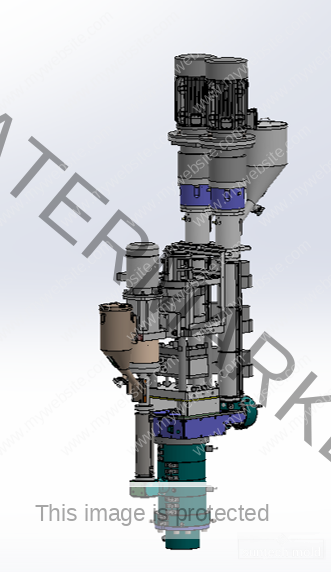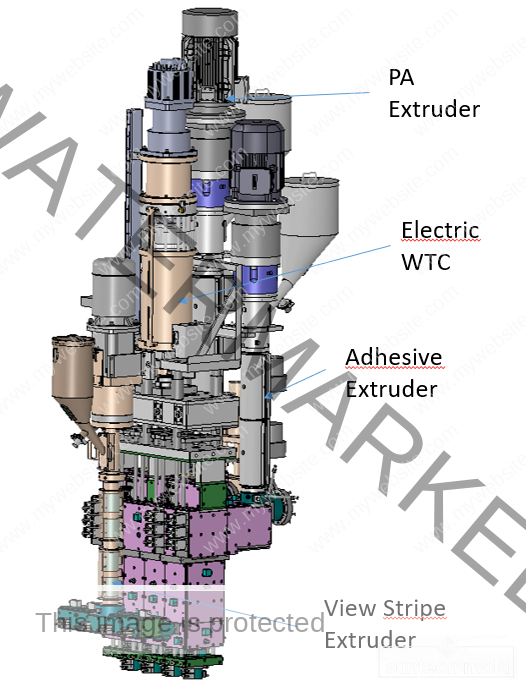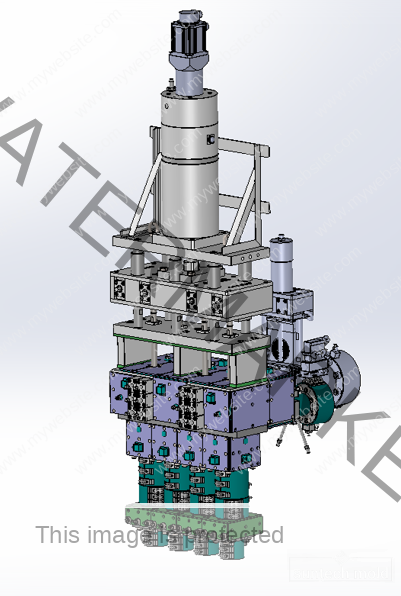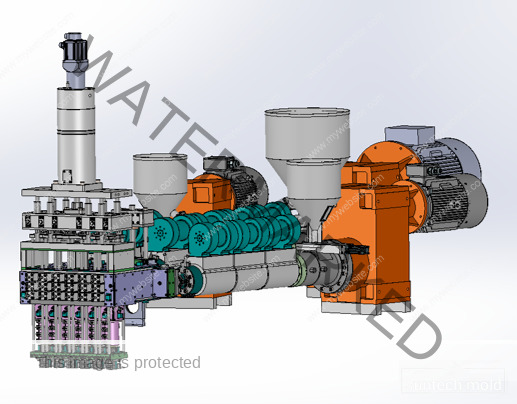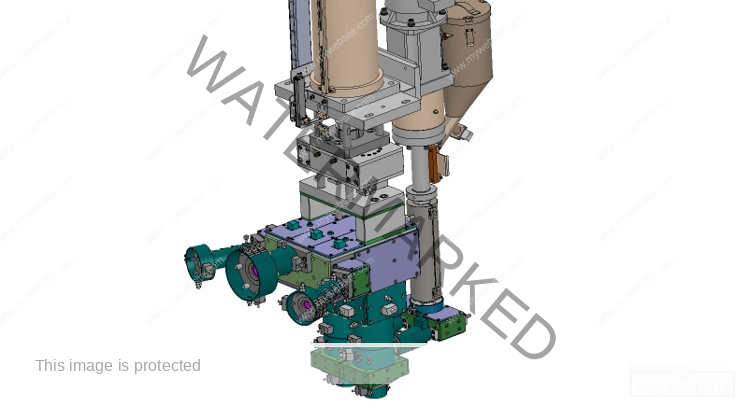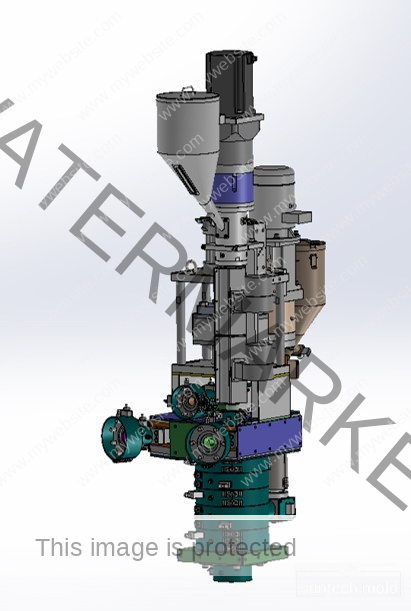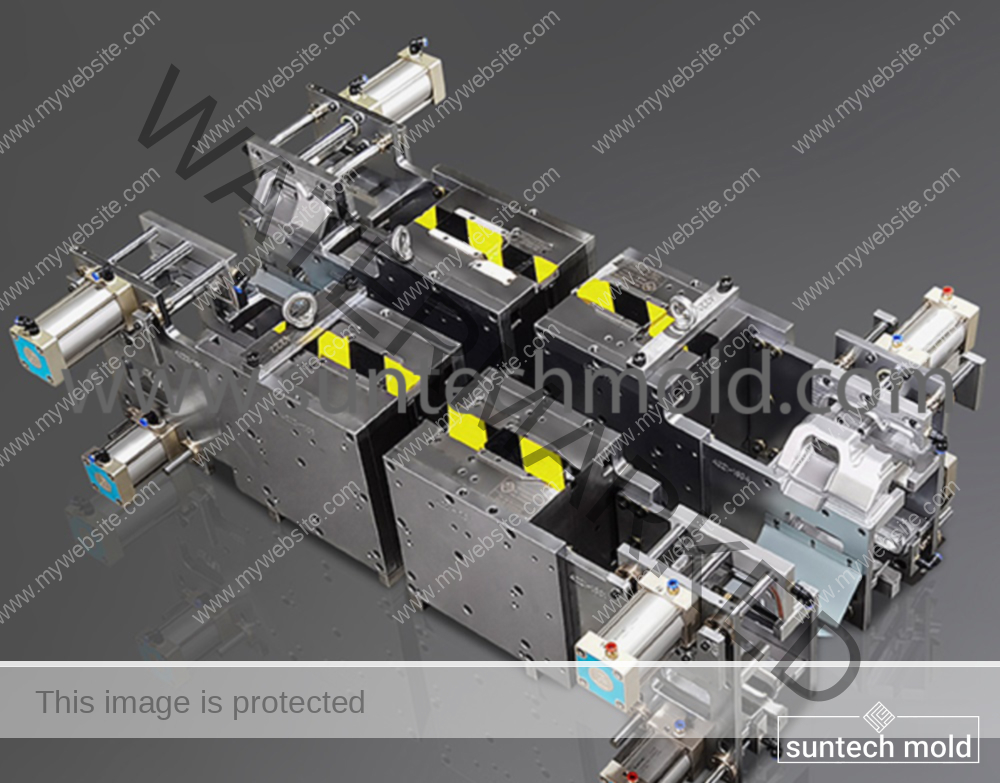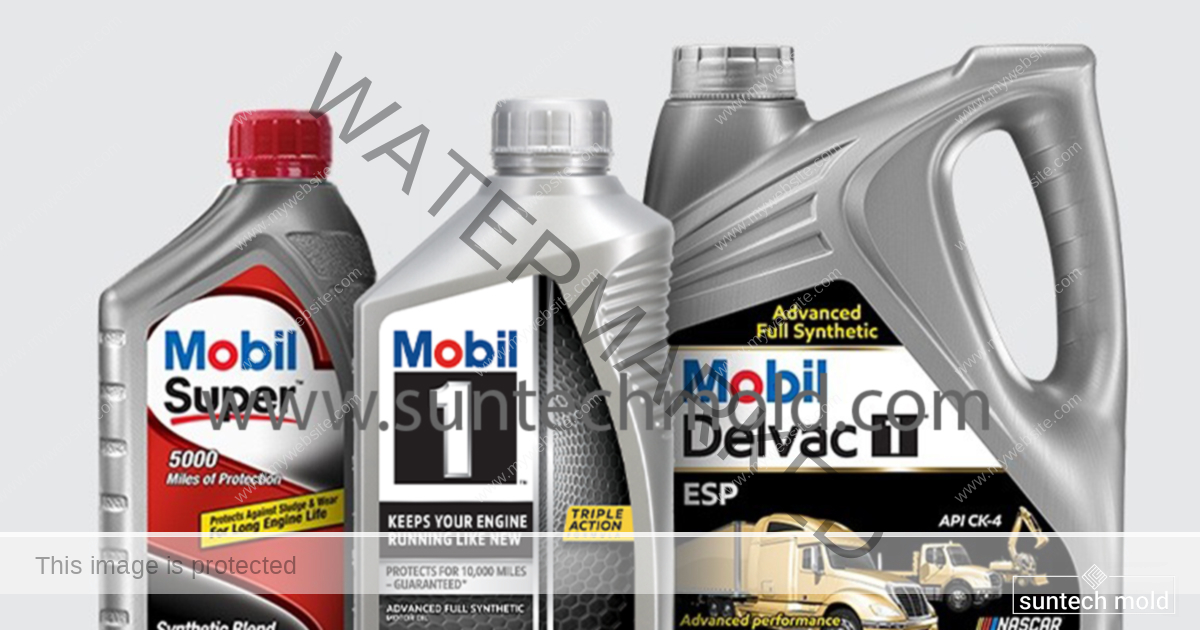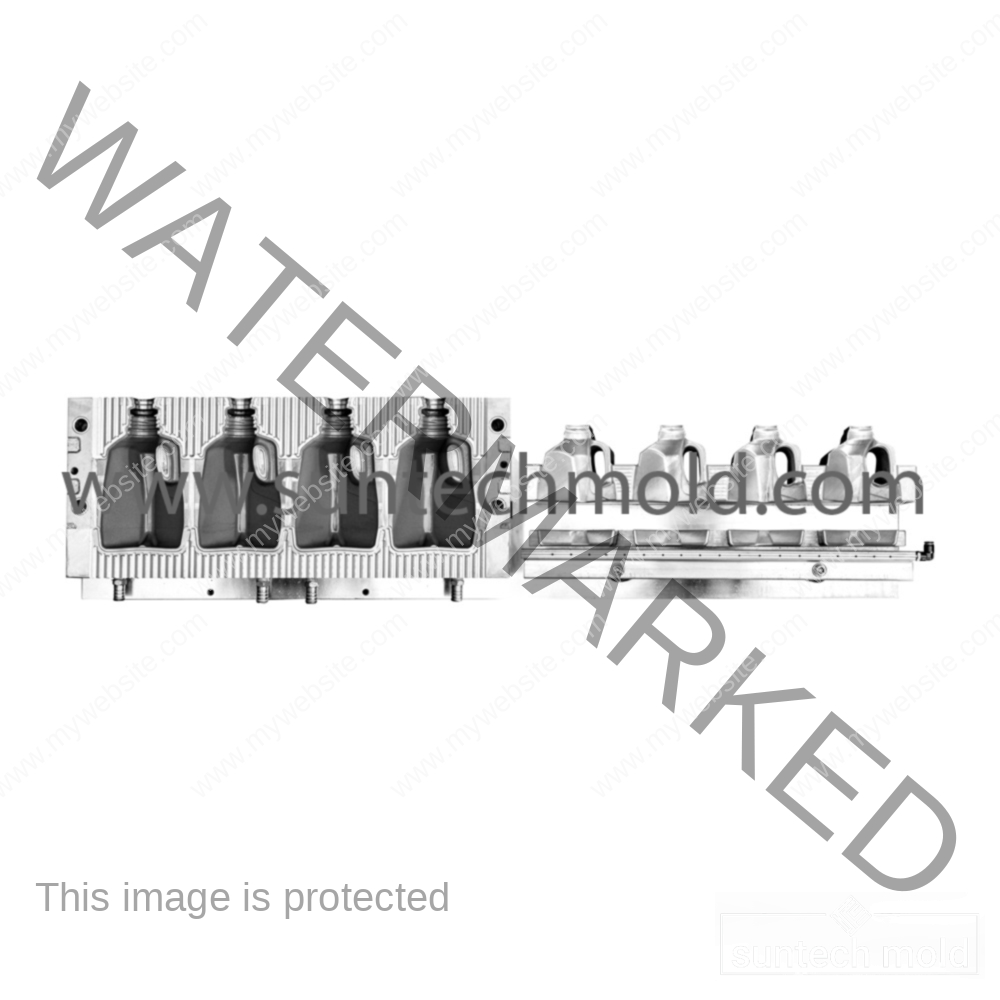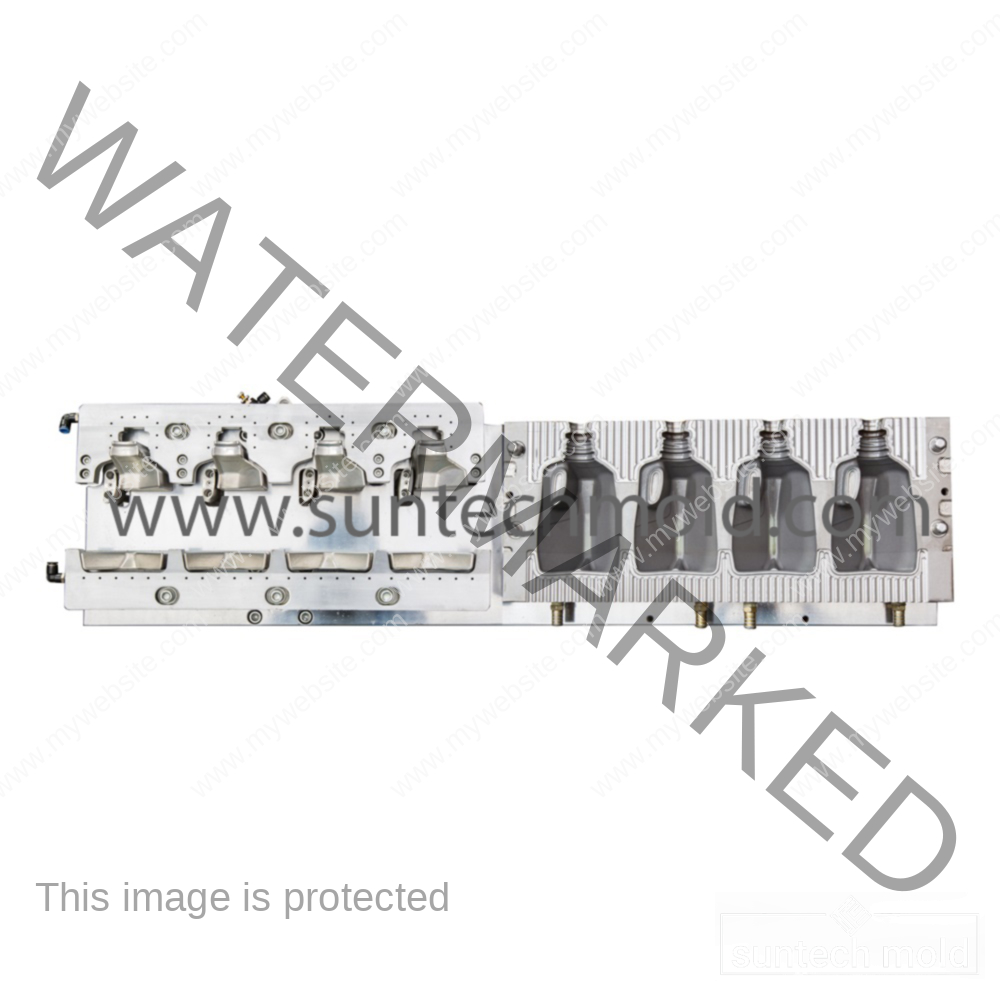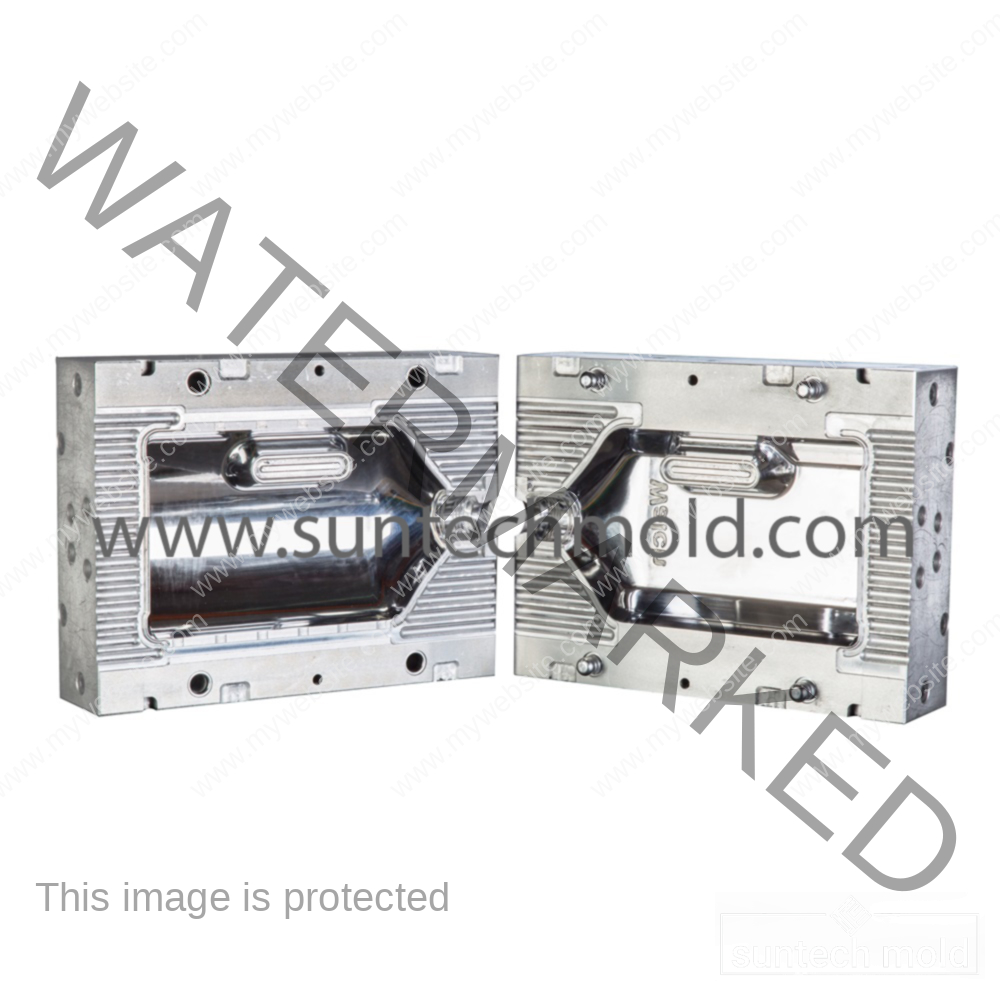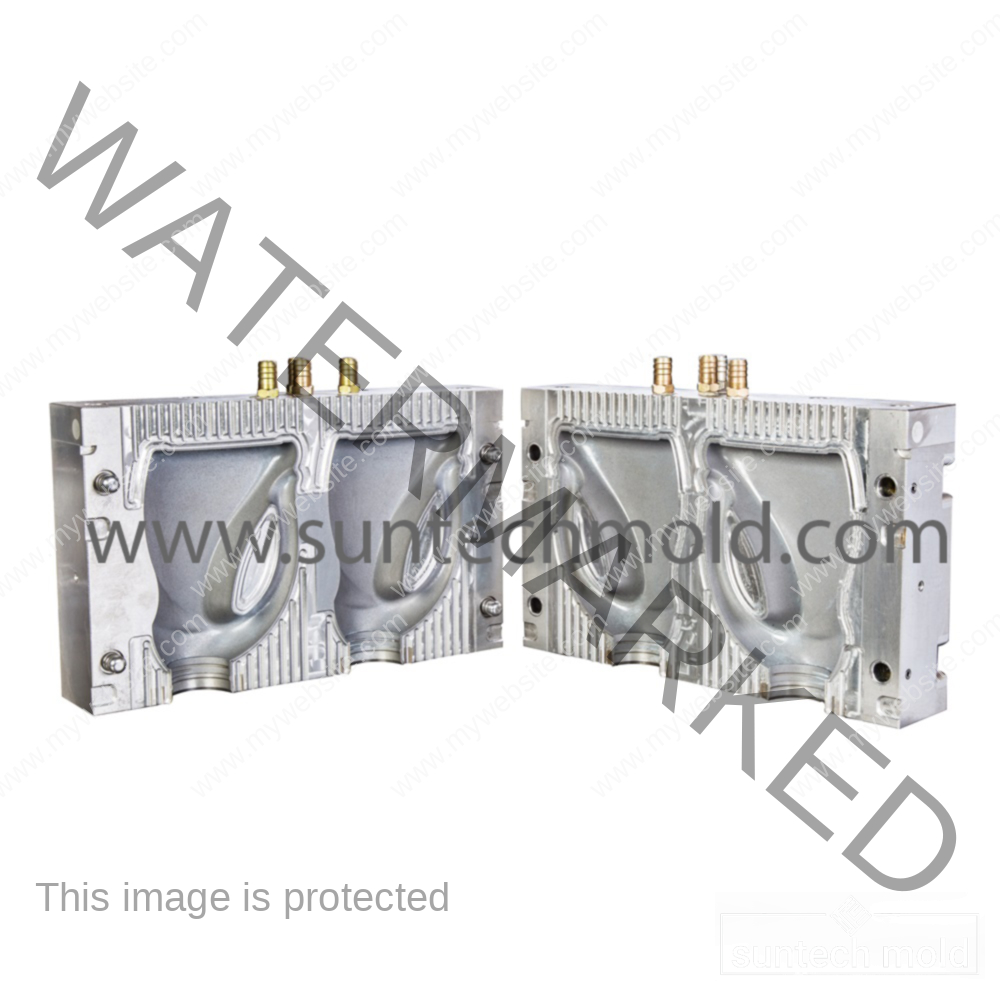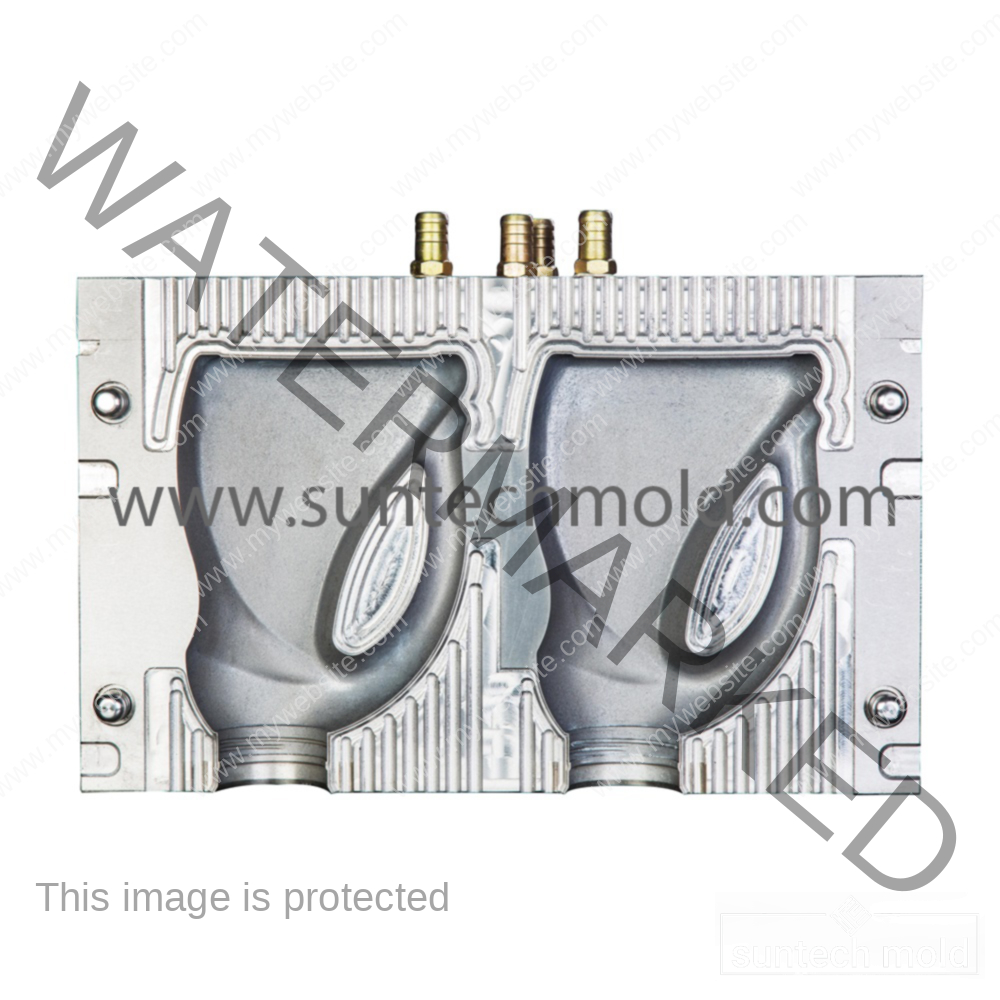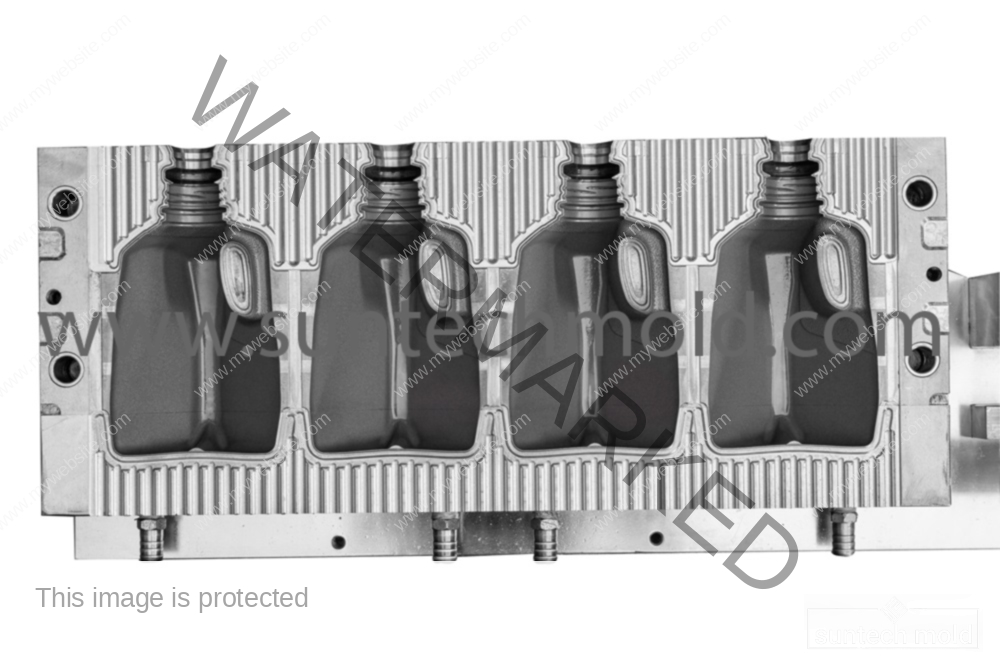Lubricant Oil Bottle Mould (Suntech)
Designing the right lubricant oil bottle mould is essential for manufacturers who want to deliver durable and consistent packaging. Whether you’re producing small containers or large-capacity oil bottles, mold precision plays a huge role in shaping your product’s strength, appearance, and reliability.
Among the many design factors, wall thickness uniformity stands out as a key element. Without it, bottles may become weak, warped, or even leak over time. Fortunately, with the right techniques and planning, it’s easy to avoid these problems and create a high-quality mold that meets modern production needs.
Let’s explore how to achieve perfect wall thickness and why your lubricant oil bottle mould should follow these industry best practices.
Why Wall Thickness Matters in Bottle Moulds
When plastic flows into the mold during blow molding, the way it fills and cools affects the final product. If one side cools faster than the other, or if material gathers in one spot, the bottle may end up uneven. As a result, it might fail under pressure or become harder to fill and cap.
That’s why achieving uniform wall thickness is not just important—it’s necessary. But how can this be done? Below are some easy-to-follow guidelines that help reduce defects, speed up production, and increase product durability.
Best Practices for Lubricant Oil Bottle Mould Design
1. Use Consistent Design Features
To begin, avoid sharp corners and sudden changes in thickness. These features cause the plastic to flow unevenly, which leads to weak spots. Instead, use rounded edges and gradual transitions between different parts of the mold.
Tips:
-
Replace sharp angles with smooth radii.
-
Keep transitions in shape and size gradual, not abrupt.
This small change helps material move through the mold evenly, improving the finished bottle’s strength and look.
2. Analyze Flow with Simulation Software
Before building the actual mold, it’s a good idea to run a flow simulation. This software predicts how the plastic will move through the mould, helping designers identify problem areas early.
Benefits:
-
Detects areas where material may collect or thin out.
-
Helps determine the best gate location for balanced filling.
When used early in the design phase, simulations save time and prevent costly revisions later.
3. Design a Balanced Mold
Another important step is to create a balanced mould cavity layout. This ensures all parts of the bottle are filled at the same rate, which helps maintain even thickness.
Suggestions:
-
Minimize flow distances by arranging cavities strategically.
-
Use symmetry wherever possible.
By keeping the flow path consistent, you reduce stress in the material and ensure a smooth finish.
4. Select the Right Material
Material choice also plays a big role in how well the mold fills. Some plastics flow better than others, while some offer higher resistance to temperature changes.
Recommended:
-
Choose materials with good flow characteristics like HDPE or PET.
-
Use resins with stable thermal properties to ensure even cooling.
Matching the right plastic to the design helps ensure predictable results every time.
5. Optimize Cooling System Design
Even cooling is just as important as even filling. If some parts cool faster than others, warping or sink marks may appear. Therefore, designing an efficient cooling channel system is essential.
Key Actions:
-
Place cooling channels evenly around the mold.
-
Use consistent water temperature to avoid sudden drops or spikes.
In doing so, you’ll maintain a steady shape and finish across every bottle.
6. Build an Effective Ejection System
Even after the molding process is complete, bottles must be removed safely. Poor ejection systems can distort the product, affecting thickness and shape.
Solutions:
-
Include enough draft angles to allow smooth release.
-
Use gentle ejector pins to push out the bottle without pressure marks.
When bottles come out cleanly, you reduce the need for post-processing and waste.
7. Test with Prototypes
No mold is perfect on the first try. So, building a prototype mould and running real-world tests allows you to see how the bottle performs. Based on this, you can adjust thickness and shape as needed.
Advantages:
-
Reduces costly trial-and-error in large runs.
-
Helps fine-tune the design before mass production.
Repeated testing leads to better long-term quality.
8. Include Quality Control Features
To ensure consistent thickness during production, add inspection points or built-in measuring marks in the mould.
Examples:
-
Wall thickness indicators for in-line checks.
-
Leak test ports built into the mold for fast inspections.
These additions make it easier to catch problems early and keep customers satisfied.
9. Keep Design Simple and Scalable
Simple designs are easier to manage and more reliable during production. By avoiding unnecessary complexity, you lower both tooling costs and the risk of errors.
Best Practices:
-
Use standardized bottle dimensions when possible.
-
Avoid overly complex textures or shapes unless necessary for branding.
Also, modular mold designs can be easily adjusted for different production volumes, saving you money as demand grows.
Conclusion
Creating a reliable lubricant oil bottle mould doesn’t have to be complicated. By focusing on wall thickness uniformity, balanced design, proper material selection, and smart cooling strategies, you can produce bottles that are strong, cost-effective, and ready for the market.
Whether you’re producing 500 bottles or 50,000, these best practices will help you reduce waste, shorten cycle times, and improve product quality. Moreover, you’ll enjoy fewer production delays and happier clients.
Interested in a custom mould that fits your production goals? Get in touch with us today for expert advice and a solution built just for you.

